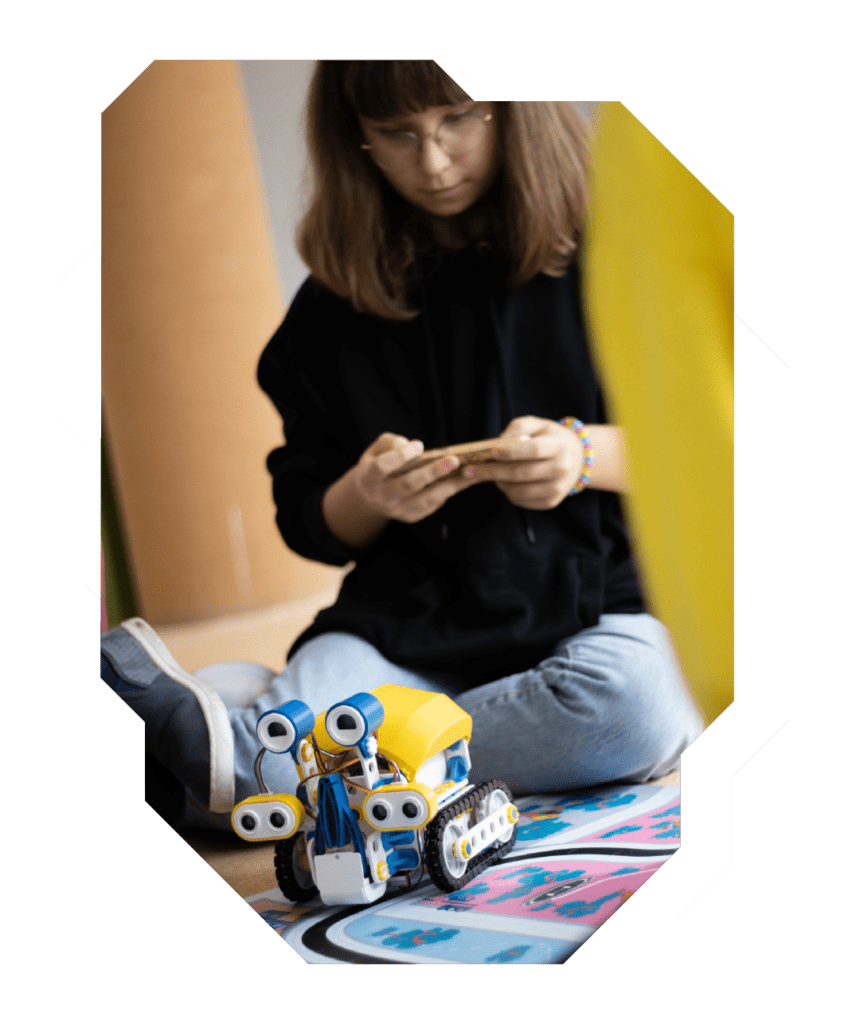
Programming at primary school – what does programming learning look like and what skills do students acquire?
Programming at primary school at a very early stage is great fun as children are introduced to an educational robot and learn to control it using a simple block programming app. Already at this stage, they learn what parts of the robot are responsible for specific blocks, and what conditions and sequence can be used to make the robot perform the correct sequence of movements.
Is it worth introducing programming lessons at primary school?
The world is rapidly evolving, and the entire economy is undergoing a digital transformation. Children who attend school these days are likely to work in professions that we cannot even foresee today. Many of them will function in an environment dominated by digital tools in their adult lives.
Of course, not everyone will become a programmer in the future, but understanding how the digital world of algorithms works and being able to navigate within it is already becoming one of the key market competencies.
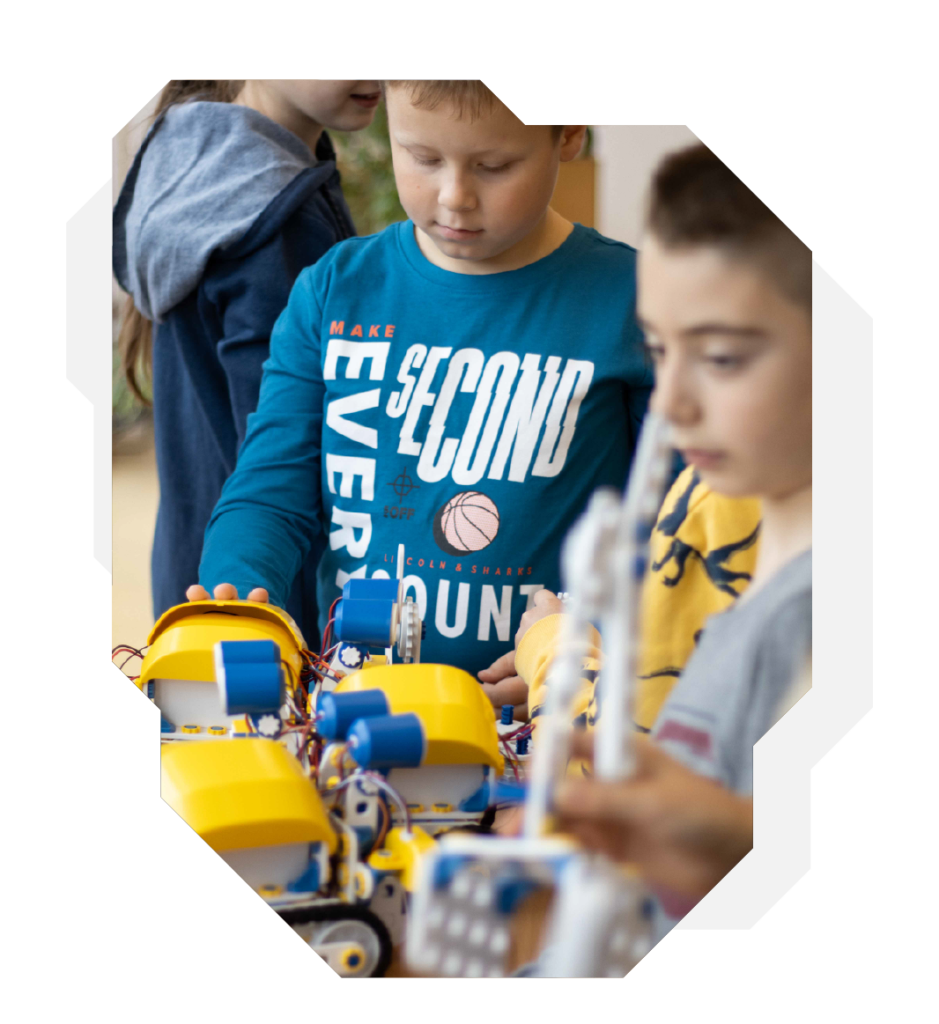
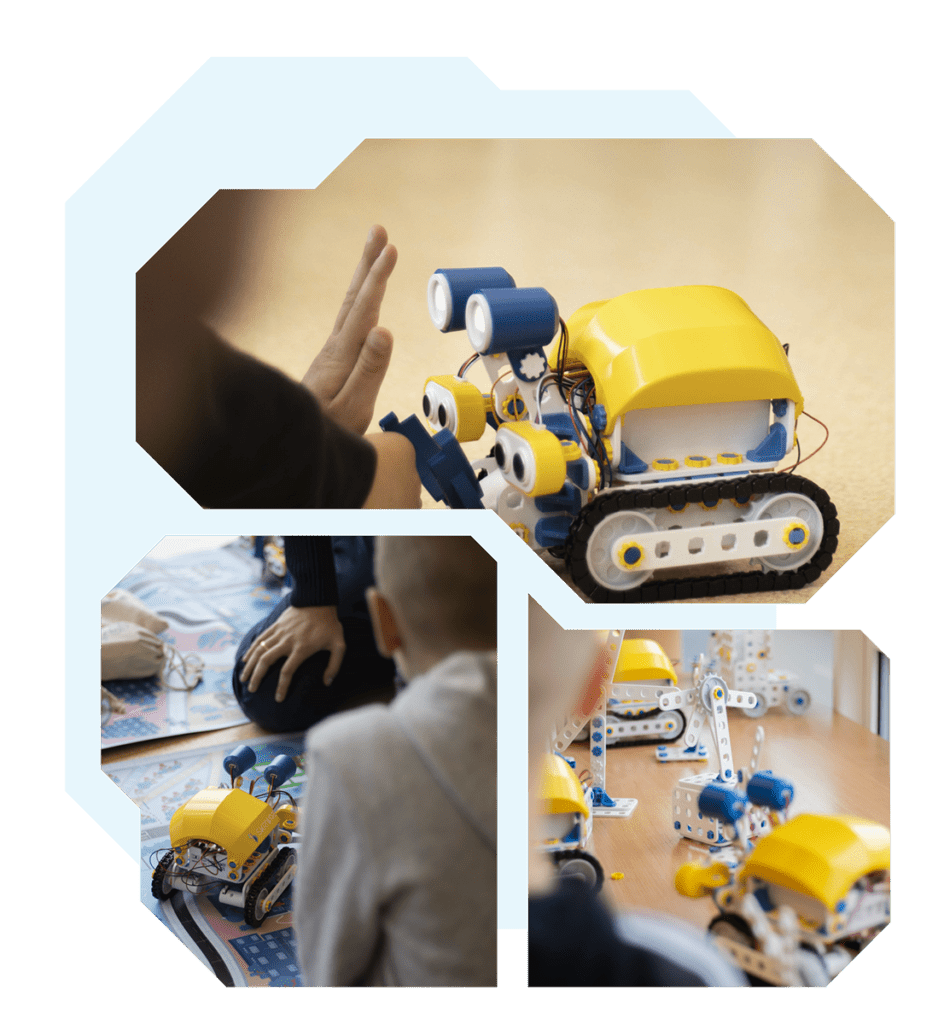
What skills do students acquire by learning programming already at primary school?
Regardless of whether a student decides to pursue computer science, learning programming as early as primary school can offer him or her a great deal. Logical and analytical thinking, creativity or understanding cause and effect are valuable competences in any path one may take in adulthood. A confident attitude to approaching tasks properly and knowing how to optimise processes can also be instilled during simple programming challenges. Using friendly-looking robots such as the SkriBot, learning programming at school and the basics of robotics is very appealing for students.
Is programming for beginners hard to teach?
Teaching programming for beginners can be difficult in itself. Many elements in this process are quite abstract and difficult to imagine, so when teaching children, it is worth choosing tools based on visualising the outcomes of a code. Apart from the clear and eye-catching visualisation, the second convenience for a child is the replacement of written code fragments with jigsaw-like blocks. This ensures that a child’s attention is focused not on learning the scripts of a particular programming language and its syntax, but on the skills used in each language. These are algorithmic thinking, mathematical logic and understanding of cause-and-effect processes.
Both of these solutions are used by the popular Scratch object-oriented programming environment, in which we can see in the preview how our code affects the action of a programmed character: a game character or an animation. SkriBots for teaching programming work in a similar way, which, owing to the dedicated application for block programming, visualise the operation of programs more effectively, because they are fully tangible and engage many senses of a student.
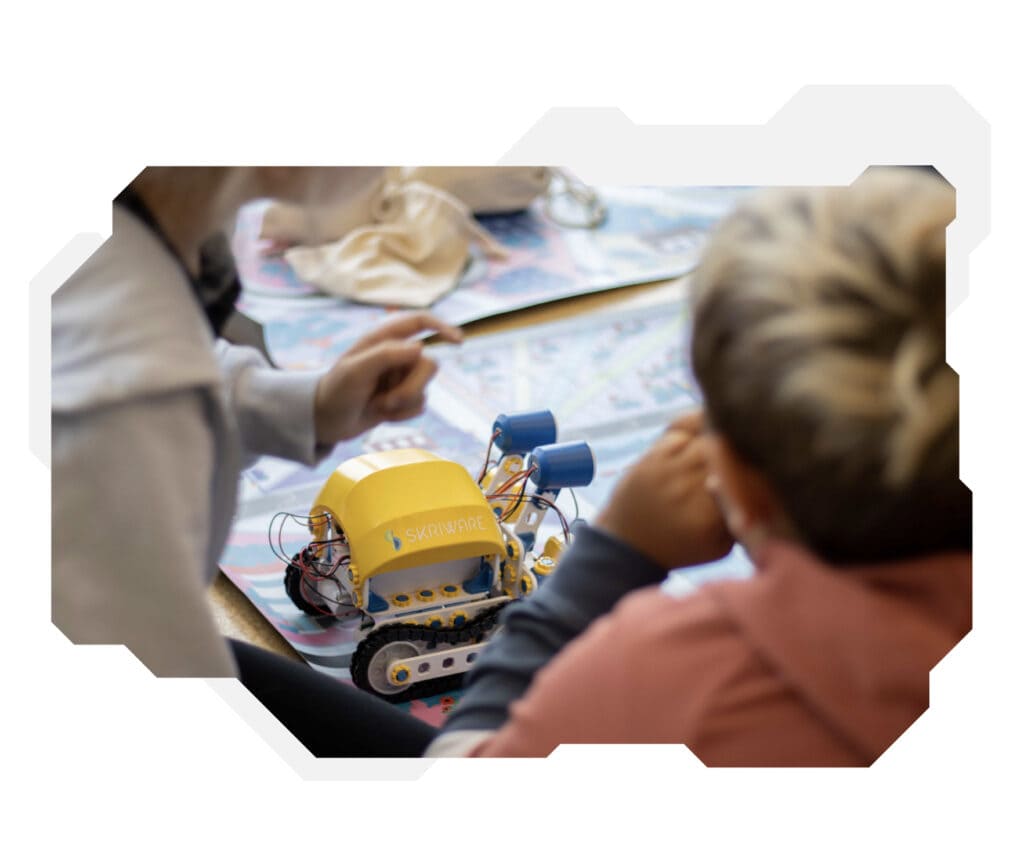
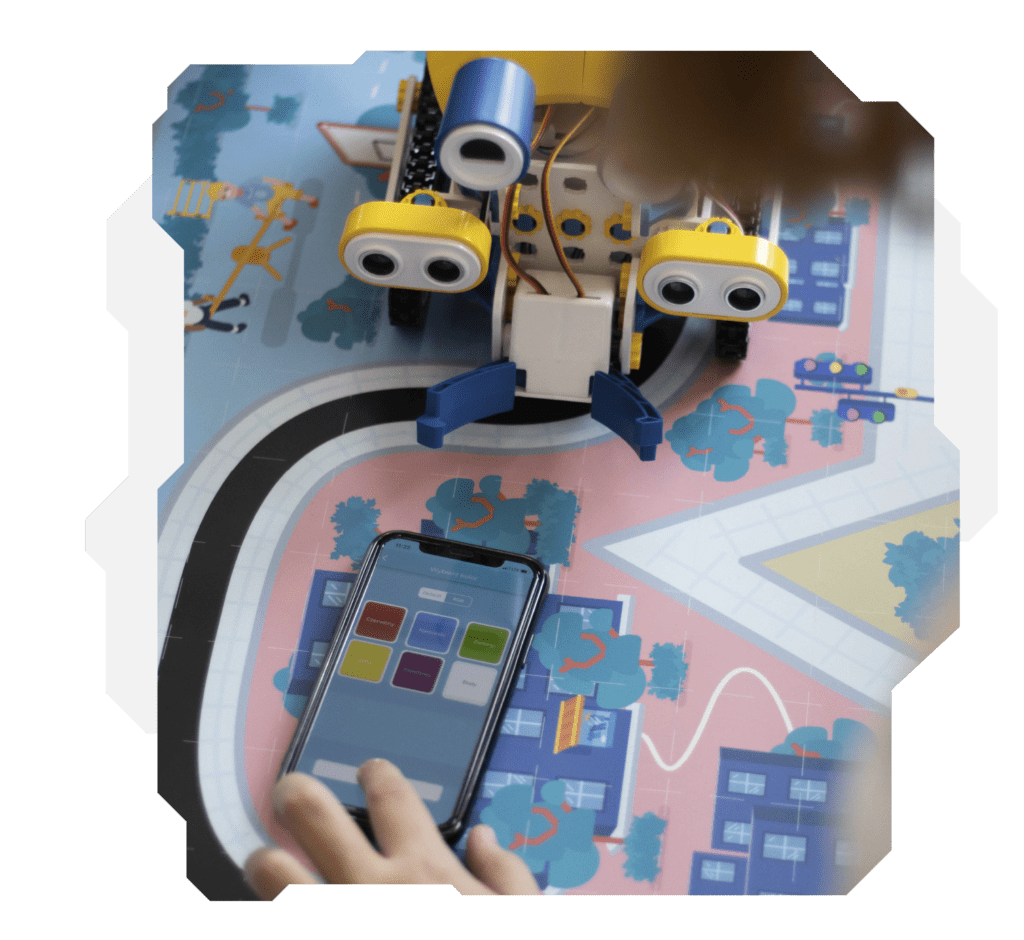
What does programming teaching look like at primary school?
Programming at primary school should be adapted to the age and proficiency level of students. It is usually based on object-oriented programming, using visual languages, such as Scratch, Blockly or MakeCode. Students complete simple tasks and create programmed animations and games during classes. These are tasks that involve children’s natural activities and their passion for games and interactive stories. Students can, for example, program classic games, such as Pacman or Pong.
Which classes can use programming elements?
The programming elements are linked on the one hand to math learning – the variables introduced can use mathematical operations, motion of an object takes place in a coordinate system and rotations make it easier to understand angles. At the same time, writing a pseudocode develops linguistic competence – linguistic fluency, the logic of expression and its precision. Although programming is mainly taught in computer science lessons, the process can be combined with any subject. The theme of our games and animations can be linked to any school subject.
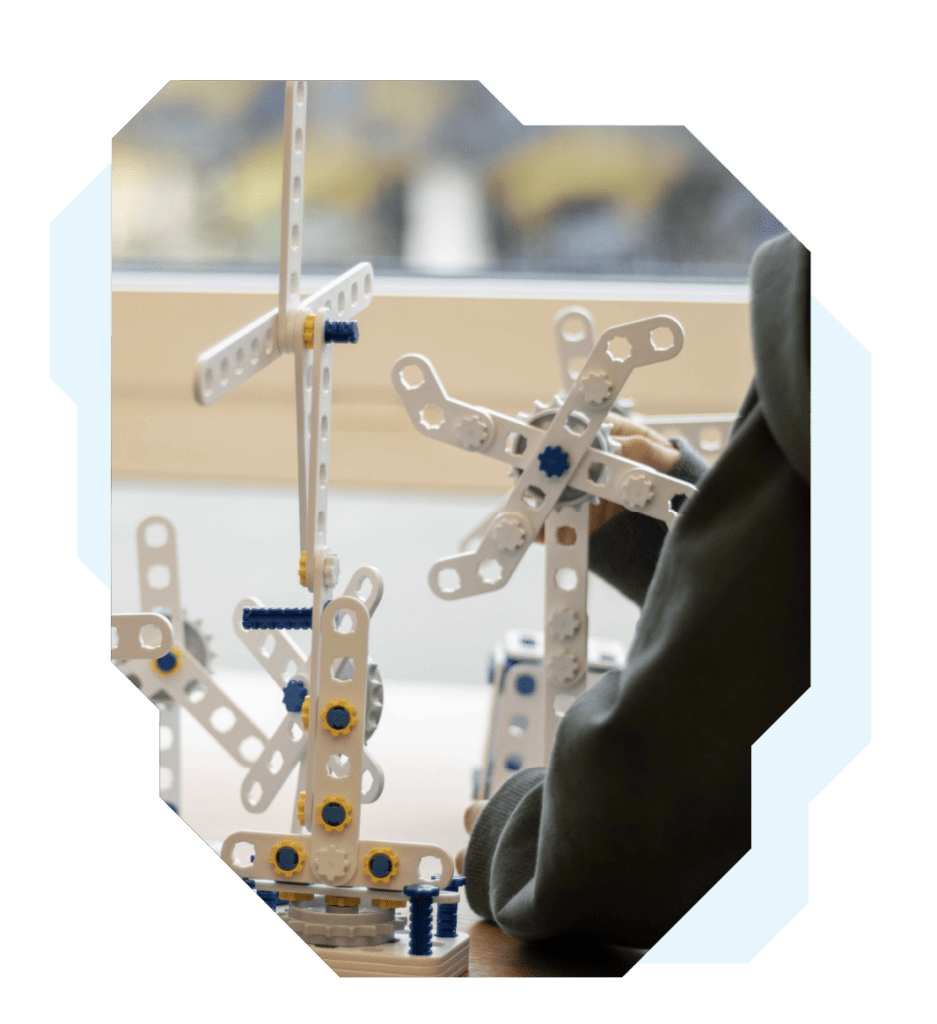
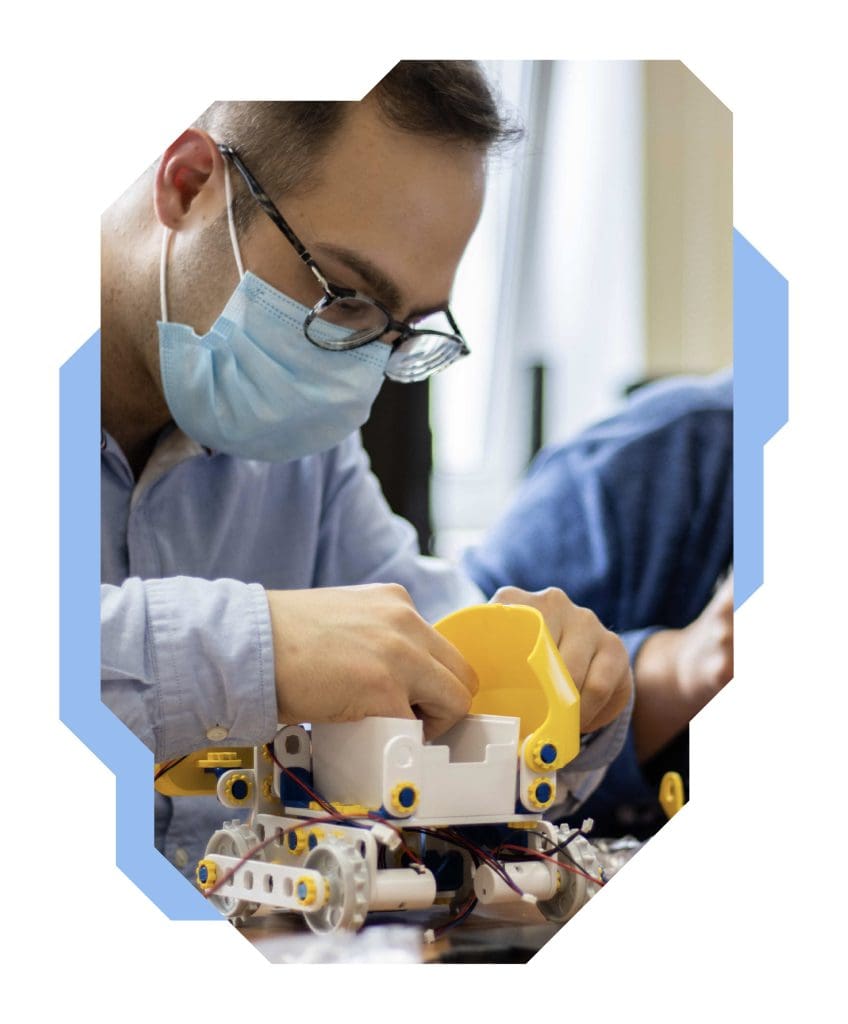
Can teachers without a computer science degree teach programming and use it during classes?
Teaching programming at primary school does not require any teaching aids, including computers alone. However, if we want to make it as easy as possible for our students to learn programming, we can use programmable microcontrollers, such as Micro:bit or educational robots and other accessories, such as mats or worksheets.
What teaching aids will be useful for teaching programming at school?
As you will find out below, programming can be taught even without a computer! But what can help you make your lessons more enjoyable? Educational robots, such as the earlier mentioned SkriBot, are particularly appealing to children. This allows students to see the effect of their programming instantly. Such robotics for beginners is an excellent example of learning through play. You program the robot from your computer, a tablet, or a smartphone. In addition, the classes can be made more interesting by introducing the city mat, which imitates the urban ecosystem, thus stimulating children’s imagination to invent new robotic tasks. All products can be viewed on our website in the “For School” tab.
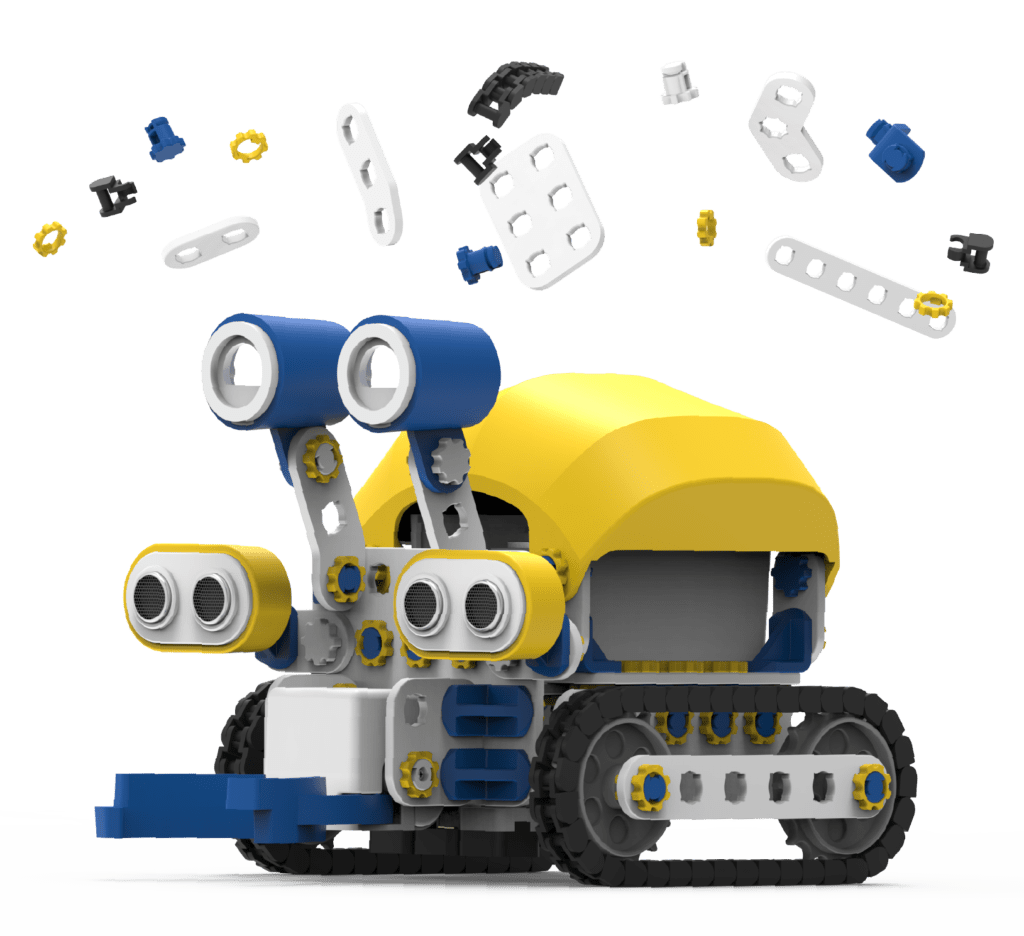
Programming without a computer – how else to learn programming and robotics?
Programming, and in fact algorithmic thinking, can also be successfully taught without access to a computer. These include exercises seemingly unrelated to programming at all, such as scripting instructions or cooking recipes. In such tasks a student writes an algorithm, for the creation of which he or she uses suitably simple and clear sequentially executed commands.
Computer programs can also be written using a pseudocode. And, of course, if we have access to a robot and a mobile device – such as a smartphone – instead of a computer, we can do without a computer seamlessly for the vast majority of robots on the market.
If you want to book the Skriware demo lesson for your school do not hesitate to contact us at [email protected]!


